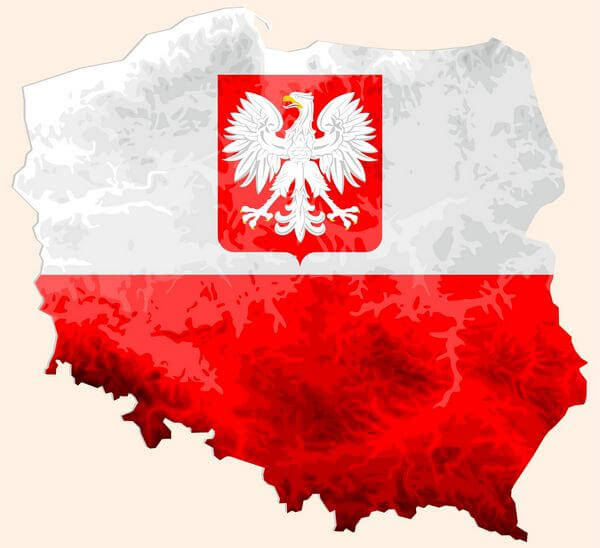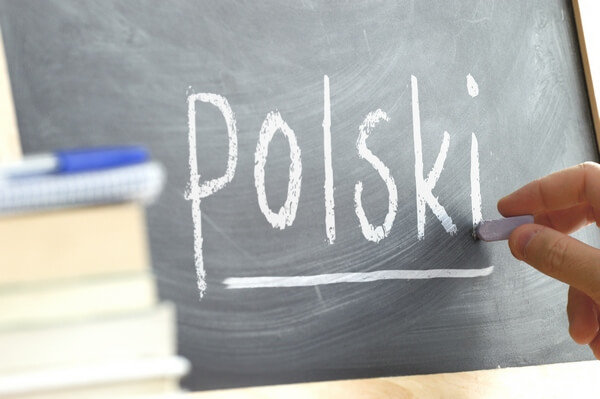Polish Translation and Interpreting
At LEXIKA, we have been providing translation and interpretation services for our clients for 25 years. Our priority is to provide and deliver the best quality services to ensure the satisfaction of our clients.
We provide Polish translations from English, German, and other languages, as well as translations from Polish, mainly into English and other languages of Central and Eastern Europe.

Why do people contact LEXIKA, when they need to have Polish texts translated?
Customer satisfaction is important for us and that’s why every customer request is treated with due care while paying attention to every detail. Based on detailed analyses of all texts, we prepare an offer that best suits our customer’s needs.
High quality and adherence to the pre-arranged deadlines are of utmost importance for us.
Recommendations and references from satisfied clients, both natural persons and corporate clients, serve as proof of the high quality of translation and interpreting services we provide.
Usual requests from our clients include translations of Polish manuals, service handbooks, and other technical translations, as well as various educational videos for the purposes of school tuition. They also often order translations of various official documents with us.
How do we do it?
Specialist translators
Translations from or into Polish are always carried out by translators qualified in various fields of expertise, experienced in translating, and well-acquainted with the terminology and the topic.
International standards
Each year, LEXIKA is audited in accordance with ISO 9001, which guarantees that all requirements are processed systematically and in line with the required procedures. To our clients, we recommend and provide translations complying with ISO 17100, focused on translation quality.
Modern technologies
At LEXIKA, we use various modern technologies – programs and software in order to improve and make the translation procedures more efficient. Thanks to the translation software, we improve the quality of translation and ensure consistent use of terminology, especially in the case of high-volume translation projects.
Quality assurance
Final quality assurance is guaranteed not only by the said translation tools, but mainly by our revisers who inspect every aspect of the translation, be it grammar, formal textual features specific for the given language, etc. We also check whether every necessary procedure was abided by during the revision.
Interested in using our services?
Leave us a message with your requirements and we’ll get back to you
Polish is everywhere
Polish is spoken by more than 40 million people, mostly in Poland, where Polish is, of course, the official language. It’s spoken in Slovakia, Czech Republic, Romania, and Ukraine as a minority language. In Great Britain, Ireland, Germany, Austria, France, USA, Canada, Brazil, Australia, and New Zealand, Polish is spoken as a language of the diaspora. Nowadays, you can hear Polish practically everywhere on Earth, as the Poles are known for moving to other countries for work.
As a member of the Indo-European language family, Polish is a Slavic language, more specifically a West Slavic language and together with Polabian, Pomeranian, Kashubian, Silesian, and North Slovenian it belongs to the Lechitic group of Slavic languages.

A language without major changes
In the 10th century, all West Slavic languages were almost identical, and, up to the 14th century, the Poles, Slovaks, and Czechs could understand each other perfectly. It was only after this period that the said languages started to change.
For example, Polish took some loanwords from German, Latin, and French. According to available sources, Polish is known to have gone through no major changes compared to the previous period.

Polish has 7 different dialects – Greater Polish, Lesser Polish, Masovian, Kashubian, and the new mixed dialects – the Northern Kresy and the Southern Kresy dialects. Polish uses the Latin alphabet with 32 letters. There are no long vowels and the next-to-last syllable is always stressed. There are also 7 cases in Polish.
And as the icing on the cake, here is a Polish tongue-twister: „Król Karol kupił królowej Karolinie korale koloru koralowego.“ This funny sounding sentence means: “King Charles bought coral colour beads for Queen Caroline.”
